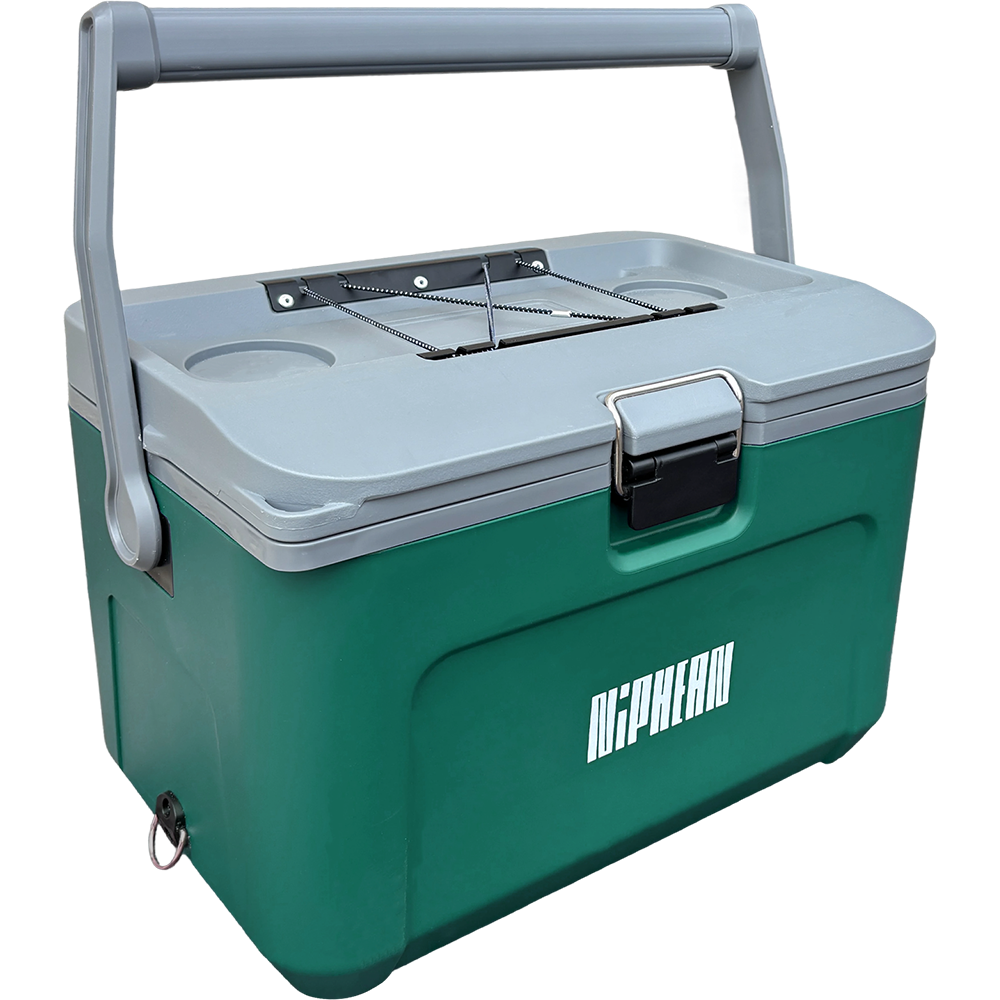- No products in the cart.
Stand-Up Paddle Boarding vs. Pedal Paddle Boarding: Which Is Right for You?
Jun 24, 2025
Introduction
As stand-up paddle boarding (SUP) continues to surge in popularity, a newer variation is paddling into the spotlight — pedal paddle boarding. But how do they compare? Whether you're new to water sports or a seasoned paddler, choosing the right board type can dramatically affect your experience.
In this article, we’ll break down the differences between traditional SUPs and pedal paddle boards, analyze popular board materials, and help you decide which fits your adventure style best.
In this article, we’ll break down the differences between traditional SUPs and pedal paddle boards, analyze popular board materials, and help you decide which fits your adventure style best.
🏄 What Is Stand-Up Paddle Boarding?
Stand-up paddle boarding (SUP) involves standing on a large board and propelling yourself forward using a long paddle. It's known for its full-body workout, portability, and versatility — from flatwater cruising to SUP yoga.
Popular Features of SUPs:
-
Lightweight and easy to carry
-
Can be inflatable or hardboard
-
Offers balance training and core workout
-
Ideal for lakes, rivers, oceans
🚴 What Is Pedal Paddle Boarding?
Pedal paddle boards, on the other hand, come with a built-in pedal drive system, allowing users to move forward by stepping on foot pedals, much like a step machine. These are typically heavier and more rigid, designed for users who want to free their hands or cover longer distances with less fatigue.
Key Benefits of Pedal Boards:
-
Hands-free navigation
-
Great for fishing or photography
-
Easier for beginners with poor balance
-
More stable but heavier
Feature Comparison Table
| Feature | Stand-Up Paddle Board (SUP) | Pedal Paddle Board |
|---|---|---|
| User Control | Paddle with hands | Pedal with feet |
| Workout Intensity | High (full-body) | Moderate (mostly legs) |
| Portability | Inflatable options available | Usually rigid and heavy |
| Hands-Free Use | ❌ | ✅ |
| Balance Required | ✅ High | 🚫 Low |
| Suitable for Yoga | ✅ Yes | ❌ Not ideal |
| Speed & Range | Moderate | High |
| Best Use Case | Fitness, leisure, yoga | Fishing, long-distance, casual touring |
Material Matters: What Are These Boards Made Of?
SUP Materials
-
Inflatable (PVC drop-stitch)
-
Lightweight and packable
-
Great for travel & storage
-
Example: Niphean PRO Series Inflatable SUP
-
-
Hardboard (Epoxy/Fiberglass)
-
Better performance in surf
-
Heavier but more responsive
-
Often used by pros
-
-
Carbon Fiber Reinforced
-
Lightweight, ultra-strong
-
High-end performance board material
-
Pedal Paddle Board Materials
-
Rigid Polymer or Composite Shells
Designed for strength and stability, usually with built-in deck hardware to support pedal mechanisms. Rarely inflatable.
🎯 Pro Tip: If you prioritize portability or travel, stick to inflatable SUPs. Pedal boards typically require a roof rack or trailer.
Popular Use Case Scenarios
Choose a SUP if you:
-
Want a full-body workout
-
Prefer portability (especially inflatable SUPs)
-
Enjoy yoga, casual paddling, or surfing small waves
-
Travel often or have limited storage
Choose a Pedal Board if you:
-
Want to fish or take photos while cruising
-
Need to cover long distances with less fatigue
-
Have balance limitations or are a beginner paddler
-
Prefer speed over maneuverability
Final Thoughts: Which One Should You Buy?
Choosing between a stand-up paddle board and a pedal paddle board depends on your lifestyle, fitness goals, and paddling environment. SUPs offer more versatility and engagement, while pedal boards deliver ease and distance.
If you're after freedom, fitness, and versatility, go with a high-quality inflatable SUP like the Niphean PRO Series.
If you need hands-free convenience and long-distance comfort, a pedal paddle board might be worth the investment — just remember it’ll take more effort to transport and store.
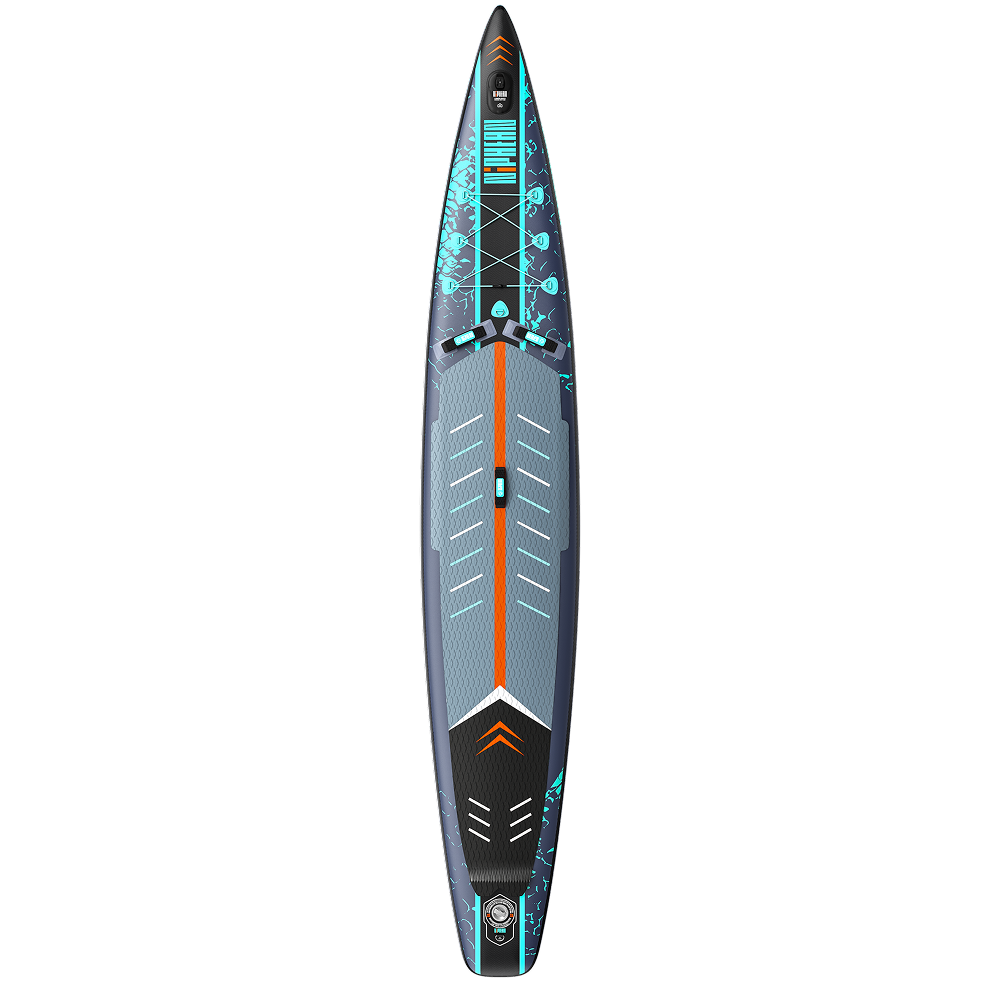
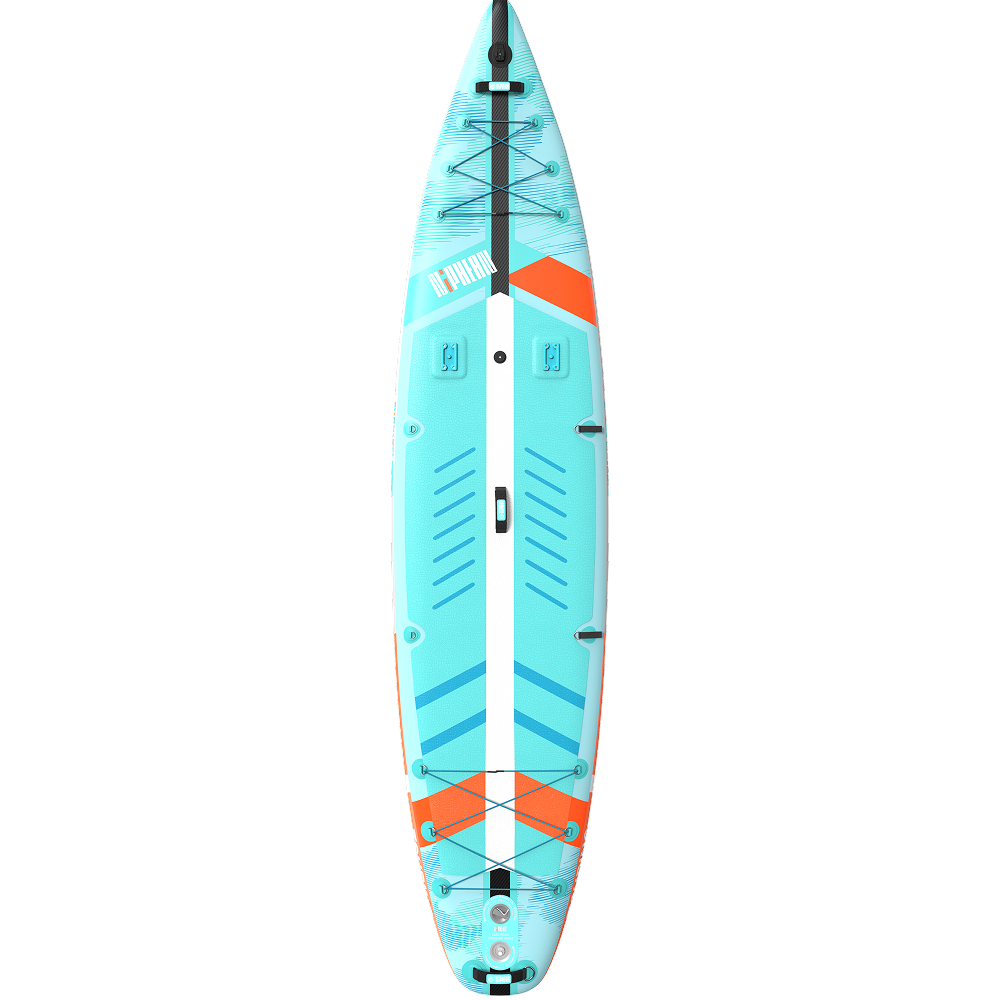
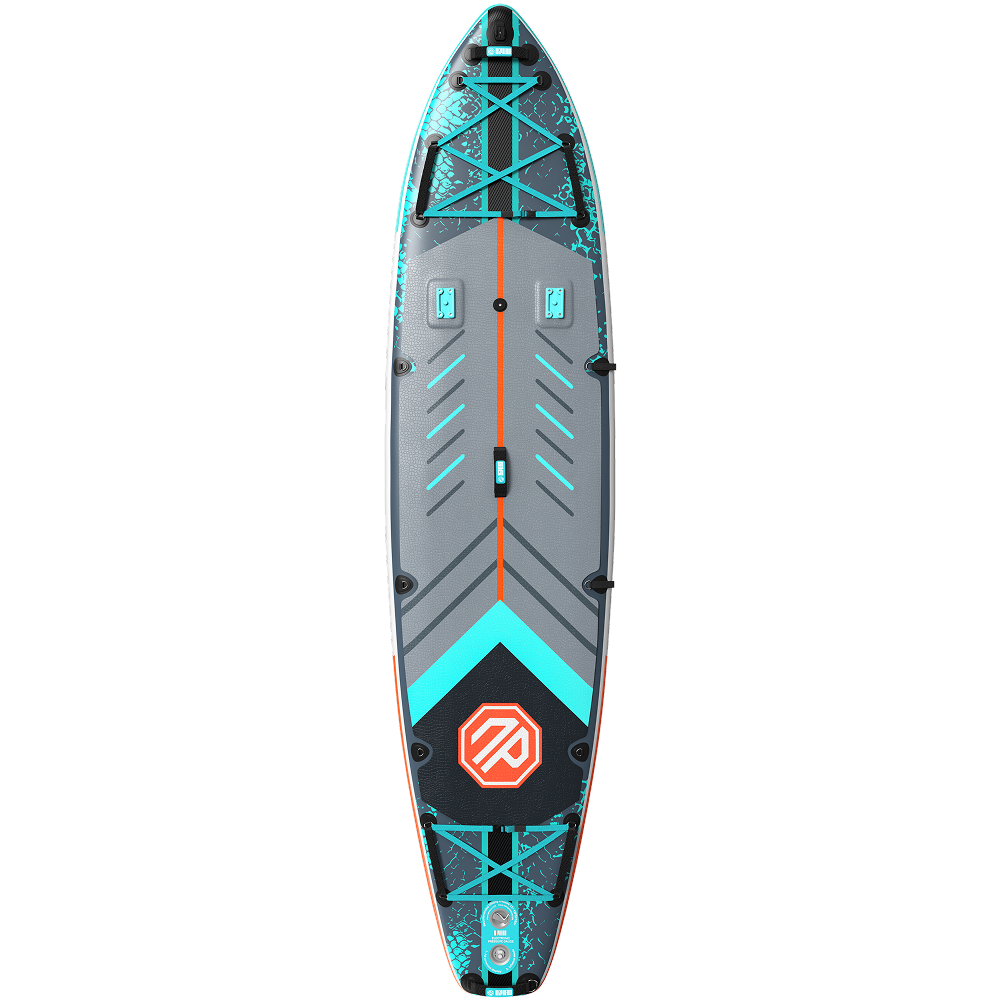
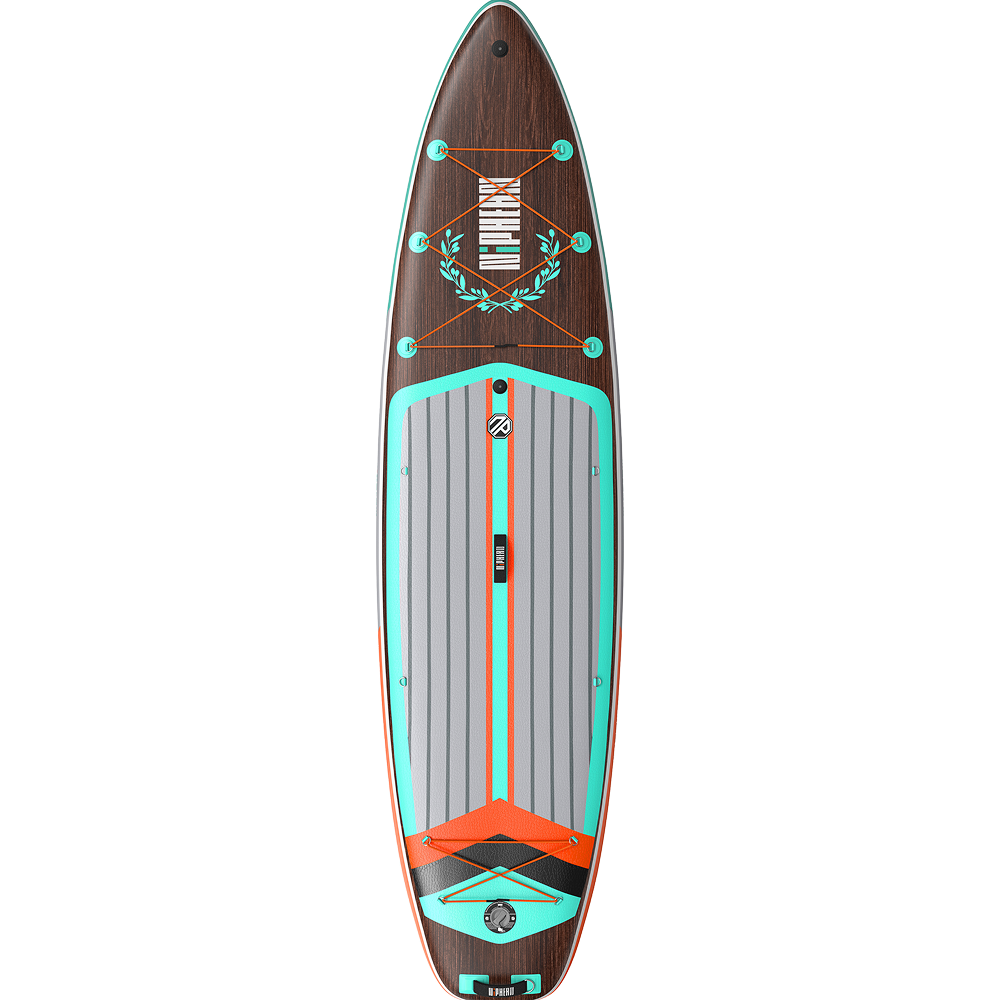
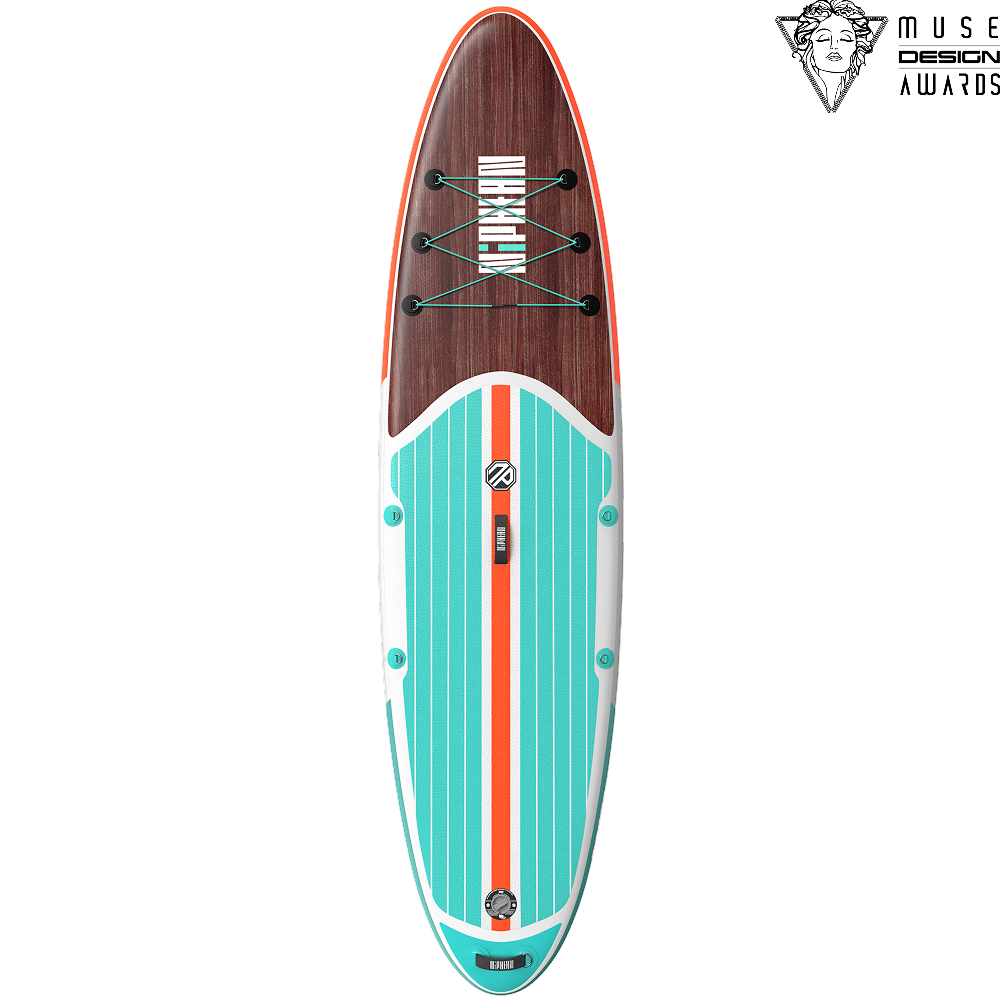
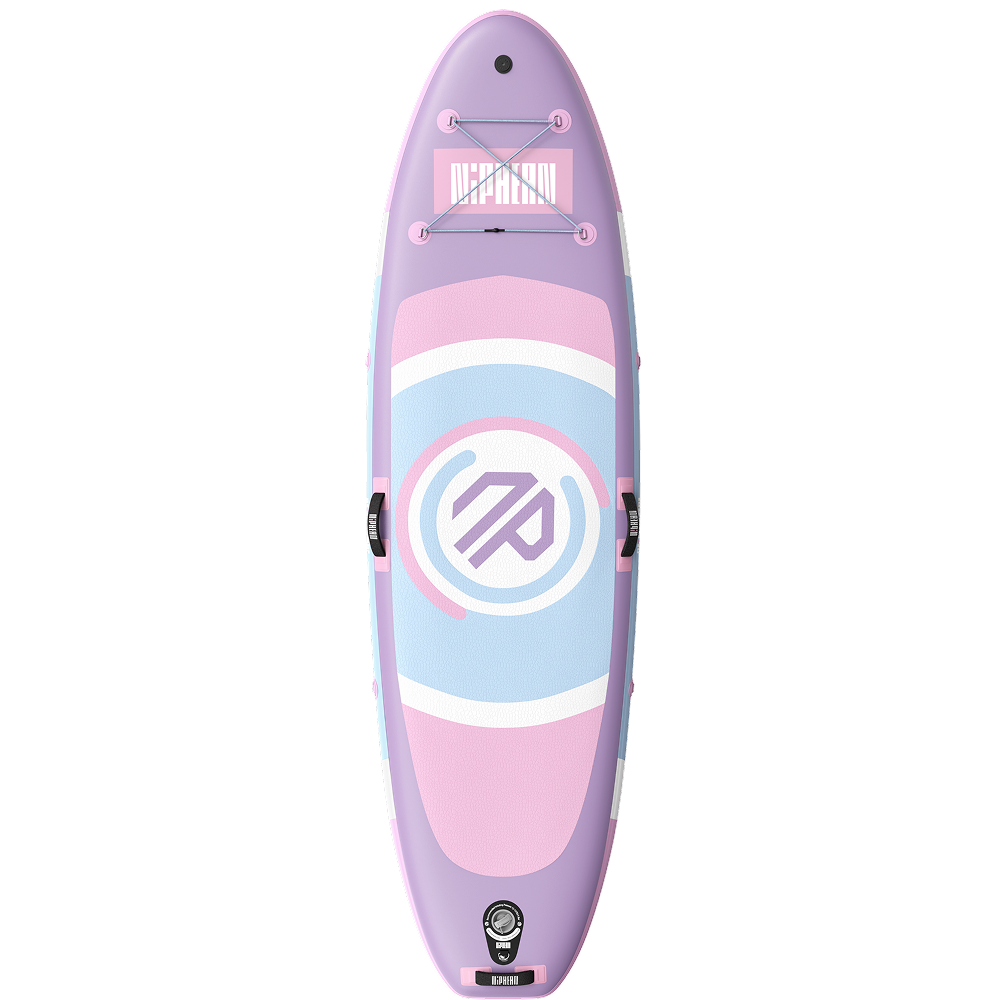





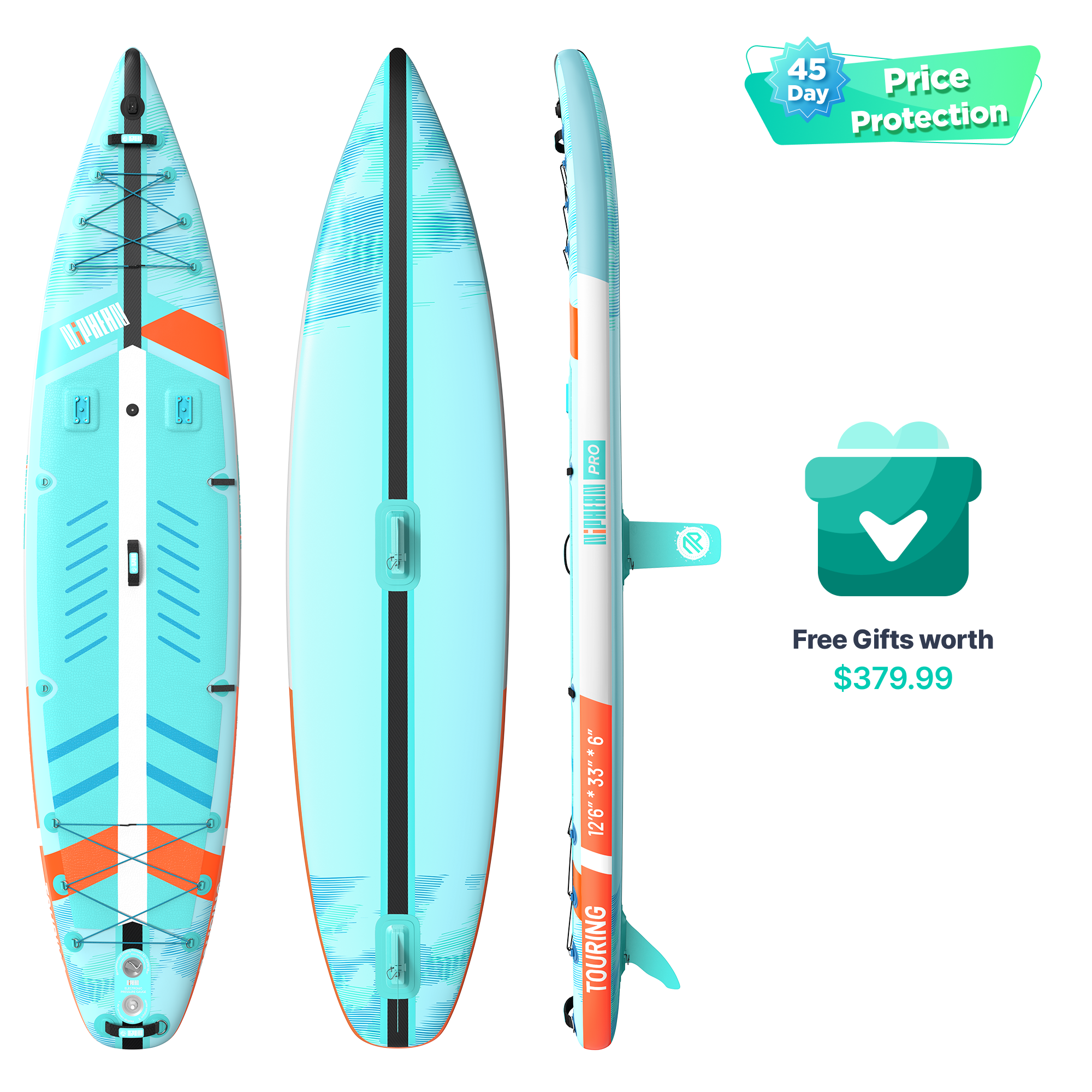
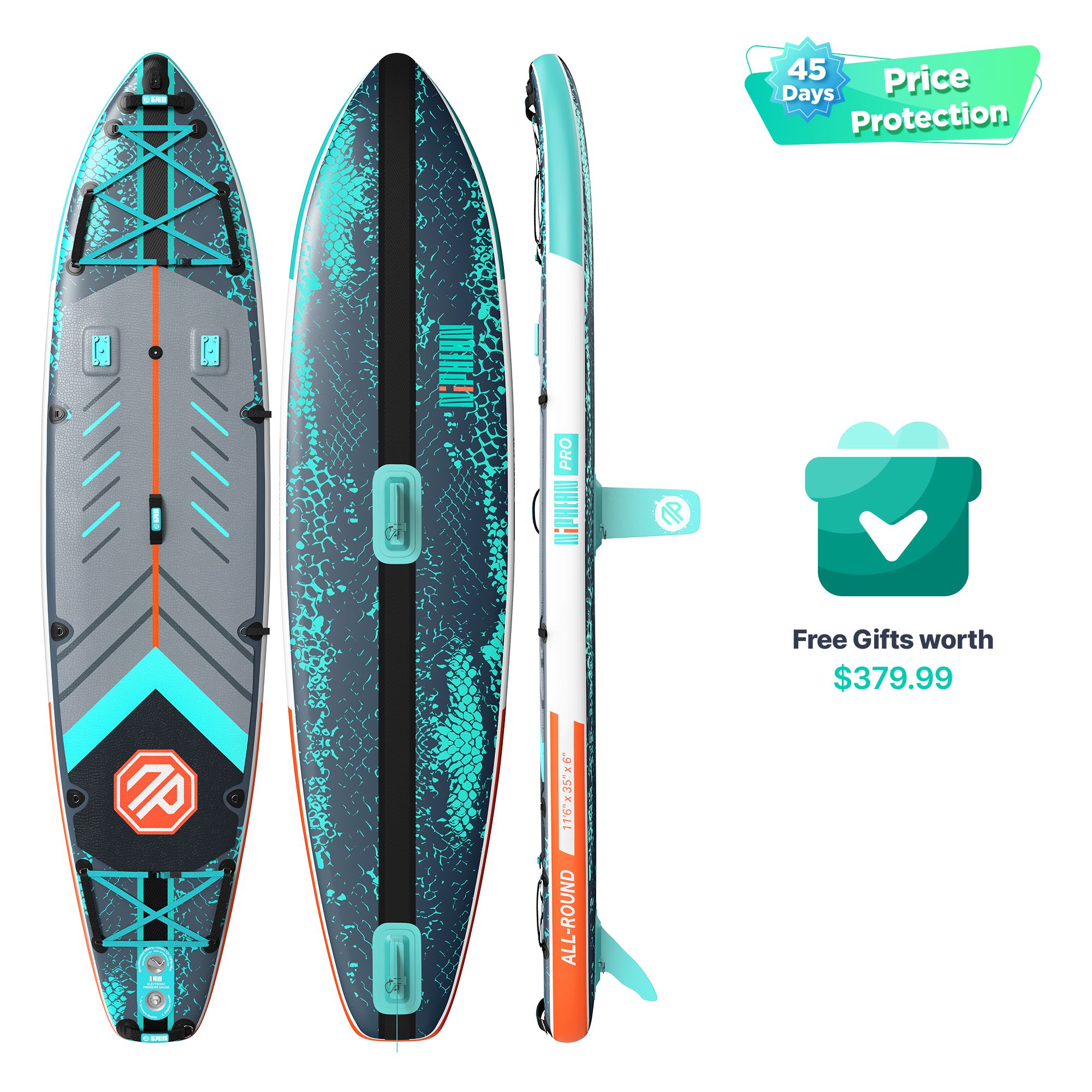

 Youtube
Youtube Facebook
Facebook Instagram
Instagram TikTok
TikTok